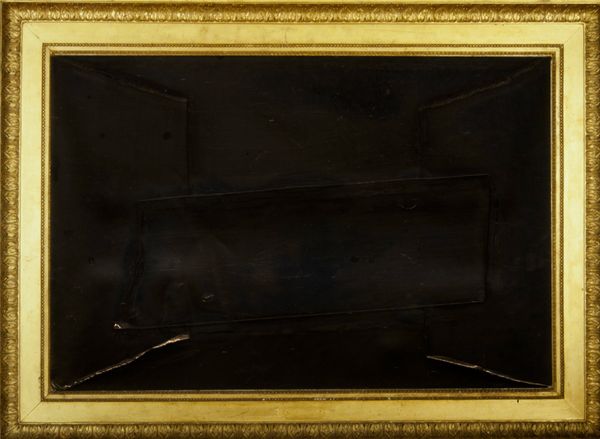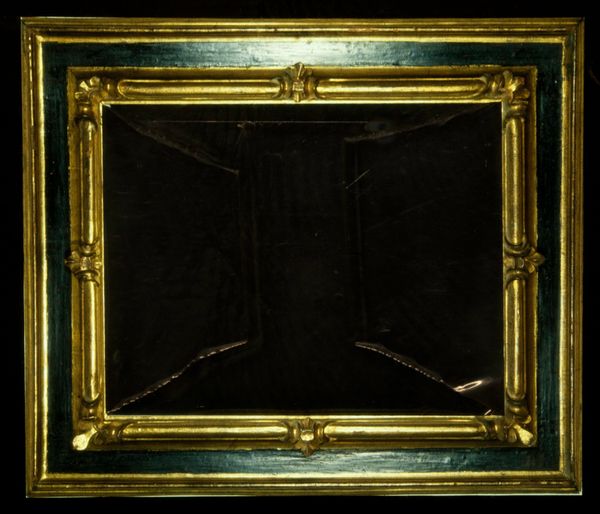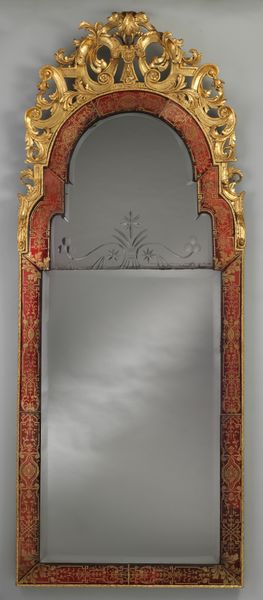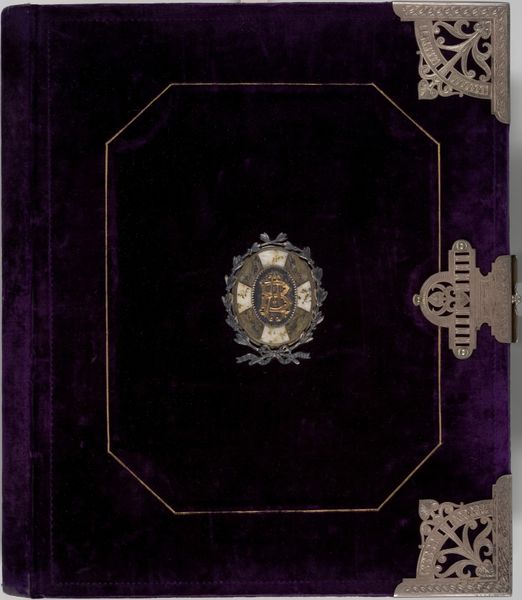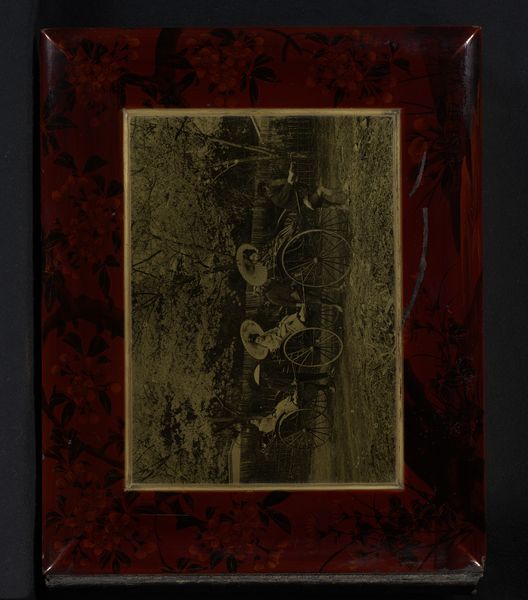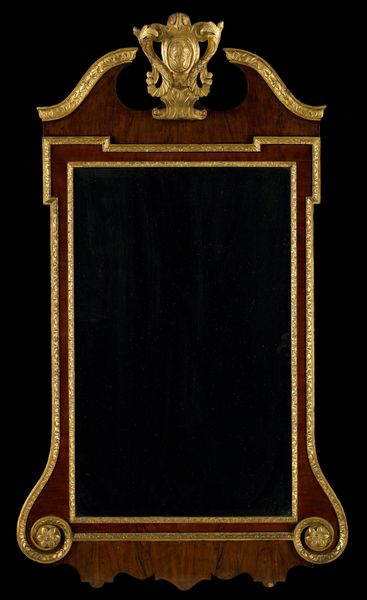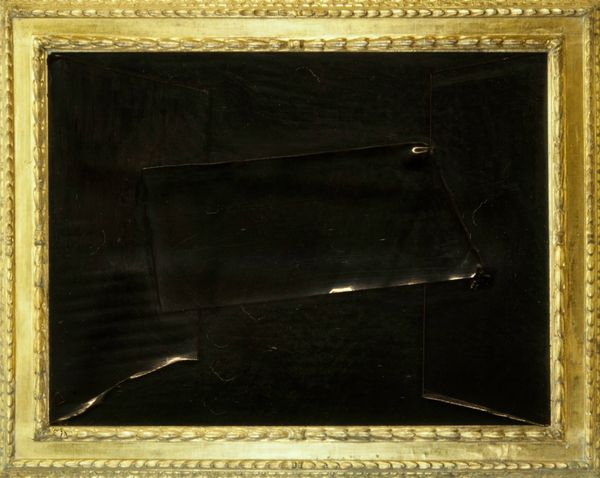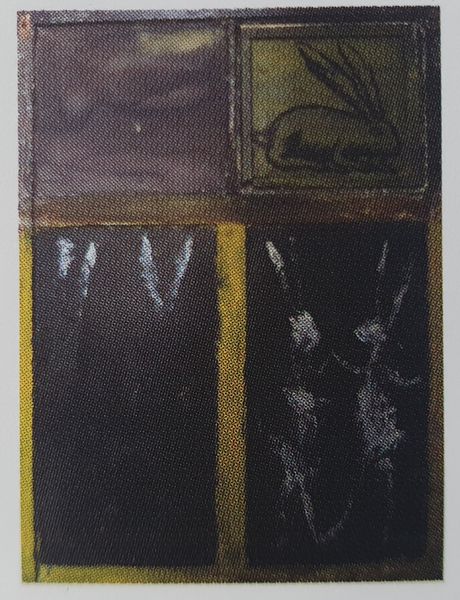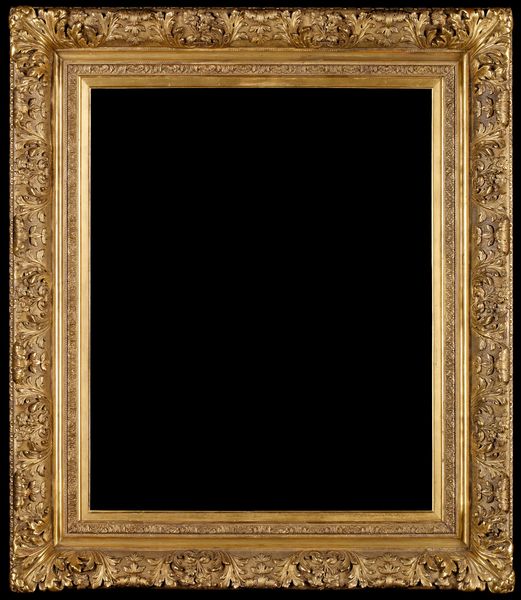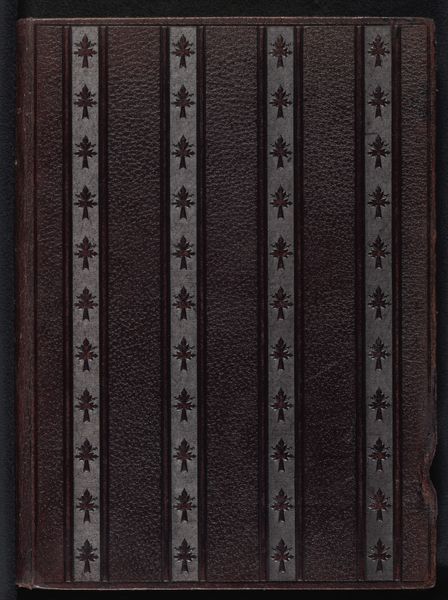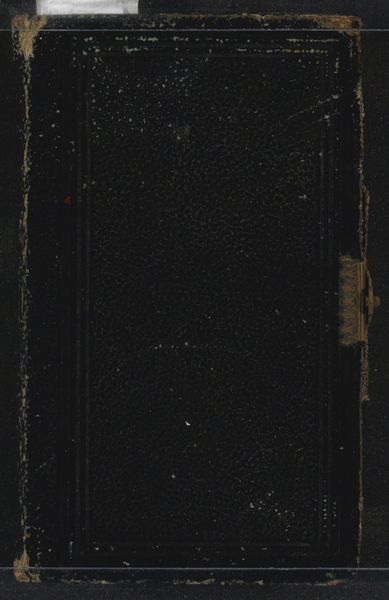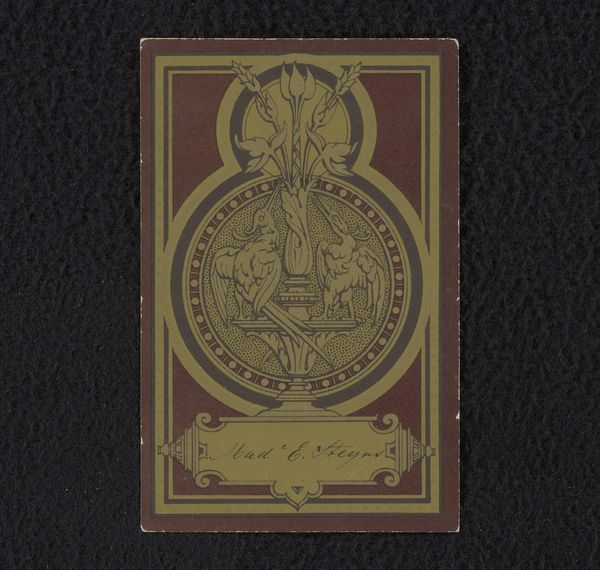
Dimensions: 44 x 12 in. (111.76 x 30.48 cm)
Copyright: Public Domain
Editor: We're looking at the "Bilbao mirror" made around 1790. It’s currently held at the Minneapolis Institute of Art, and crafted from brass and marble. I find it quite ornate, even decadent. What stories can we unearth from this object? Curator: Absolutely. Its Neoclassical style speaks volumes about the elite culture of the late 18th century. How do you think this mirror might reflect the socio-political climate of the time? Editor: I see what you mean... it must have been made right after the French Revolution! I guess this extravagant decoration hides anxiety regarding the loss of power? Curator: Exactly. Consider how the use of luxurious materials and meticulous craftsmanship aimed to solidify existing power structures. Who was invited – or not – to see their reflection in such a mirror? The material choices become statements of exclusion. Does knowing this change your interpretation? Editor: It does. The mirror transforms from a mere object of vanity to a symbol of political and economic disparity. It's fascinating how decorative arts can carry such weighty social narratives. Curator: Indeed. And even its preservation today raises questions about how museums engage with objects of this kind and what they signify in a more equitable world. Editor: This has broadened my perspective significantly. I'll definitely look at decorative arts with a more critical and inquisitive eye from now on. Curator: And I will too, thinking more deeply about how art perpetuates political discourse.
Comments
No comments
Be the first to comment and join the conversation on the ultimate creative platform.
